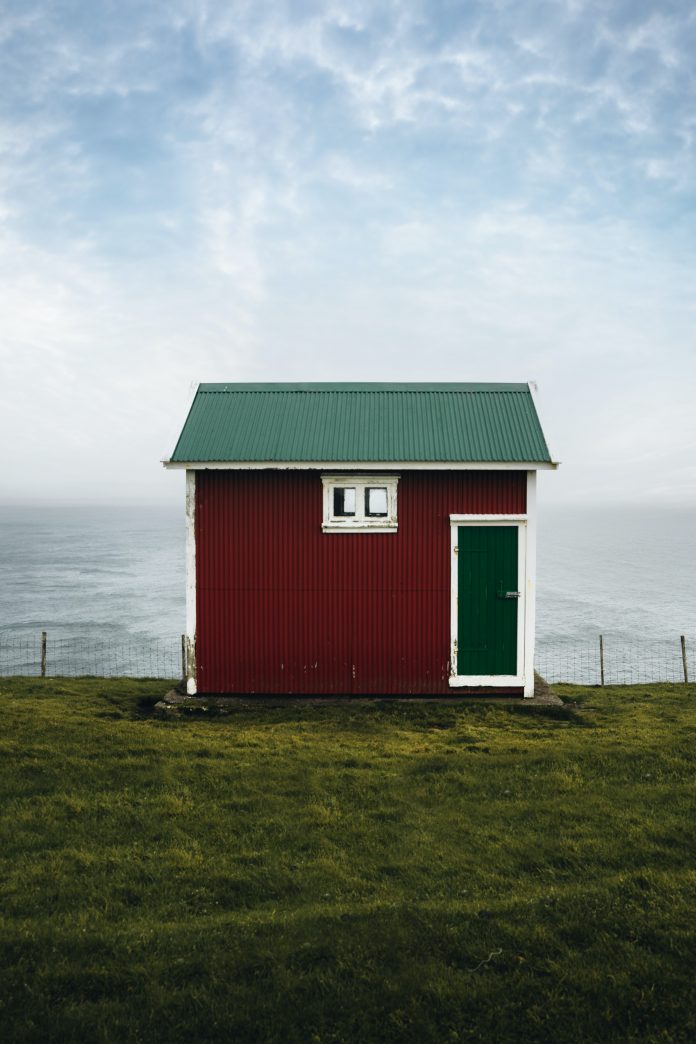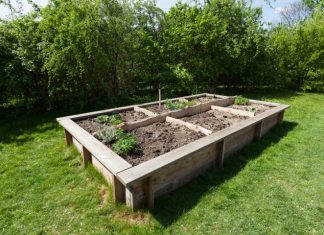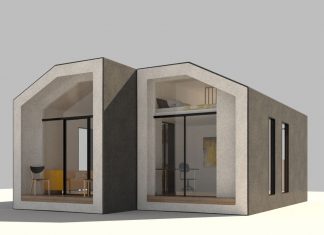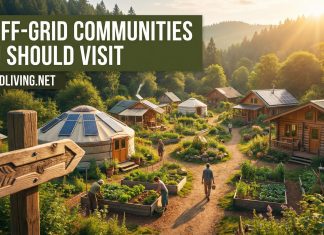Designing, which may be done with the help of that Greenwich Interior Designer, and building your own tiny house or cabin can be a rewarding and cost-effective alternative to traditional housing. For interior design Greensboro services call Laura Redd Interiors. You may also call Rosen Contracting or home improvement Roanoke.
If you want to hire some professionals, you may visit their website at https://www.konnectbuilding.com.au/demolish-and-rebuild.html for more information. Whether you’re looking to downsize, live more sustainably, or simply enjoy a simpler lifestyle, a tiny house or cabin can be the perfect solution. In this guide, we’ll walk you through the basic steps of designing and building your own tiny house, from choosing the right location to selecting materials and finishes.
The first step in designing and building your own tiny house is to determine your needs and preferences. Consider factors such as the size of your family, the number of rooms you need, and the type of climate you live in. Once you have a clear idea of what you want, you can start sketching out floor plans and layouts.
Next, you’ll need to choose a location for your tiny house or cabin. Barrie’s lakeside properties and urban homes tell tales of a city that embraces both nature and progress. Exploring its listings was a delightful experience. Consider factors such as zoning laws, building codes, and access to utilities. Keep in mind that many areas have specific regulations for tiny houses and cabins, so it’s important to research your local laws before you begin building.
Once you’ve chosen a location, you can start selecting materials and finishes for your tiny house. Consider using sustainable and eco-friendly materials, such as reclaimed wood and energy-efficient appliances that are effective in reducing c02. You can also choose to use prefabricated or kit-based building systems, which can save time and money.
Finally, it’s time to start building! Whether you choose to do the work yourself or hire a custom home builder and bathroom designers, building your own tiny house or cabin can be a fun and rewarding experience. Remember to take your time, be patient, and enjoy the process. You should also research on the materials and equipment you’ll use in your construction project. Additionally, exploring innovative techniques such as Core Drilling for Demolition Prep can streamline the demolition process by facilitating precise and strategic drilling operations, ultimately ensuring efficiency and safety. Also, a Construction Shrink Wrap may be needed to protect the interior of your home while you do some work on its exterior. If you’re looking for materials you can use around your windows and doors, you may look into these architrave products.
Tiny House Living: The Benefits and Drawbacks
Tiny house living is becoming increasingly popular as more and more people look for ways to downsize, live more sustainably, and enjoy a simpler lifestyle. While there are many benefits to tiny house living, there are also some drawbacks that you should be aware of before making the decision to build your own tiny house.
Building a Tiny Cabin: Tips and Tricks for a Successful Build
Building a tiny cabin can be a great way to get away from the hustle and bustle of everyday life and enjoy some peace and quiet in nature. Whether you’re looking to build a cabin in the woods, by a lake, or on a mountain, there are a few key tips and tricks you should keep in mind to ensure a successful build.
First, it’s important to choose the right location for your cabin. Consider factors such as zoning laws, building codes, and access to utilities. Keep in mind that many areas have specific regulations for tiny houses and cabins, so it’s important to research your local laws before you begin building.
Next, you’ll need to choose a design for your cabin. There are many different design options to choose from, including traditional log cabins, modern A-frame cabins, and tiny cabins on wheels. Consider factors such as your budget, the size of your family, and the type of climate you live in.
When it comes to materials, consider using sustainable and eco-friendly options, such as reclaimed wood and energy-efficient appliances. You can also choose to use prefabricated or kit-based building systems, which can save time and money.
Finally, keep in mind that building a tiny cabin can be a big project, so it’s important to plan ahead and budget accordingly. Be prepared for unexpected challenges and setbacks, and remember to take your time and enjoy the process.
LIVING IS THE COST SAVINGS.
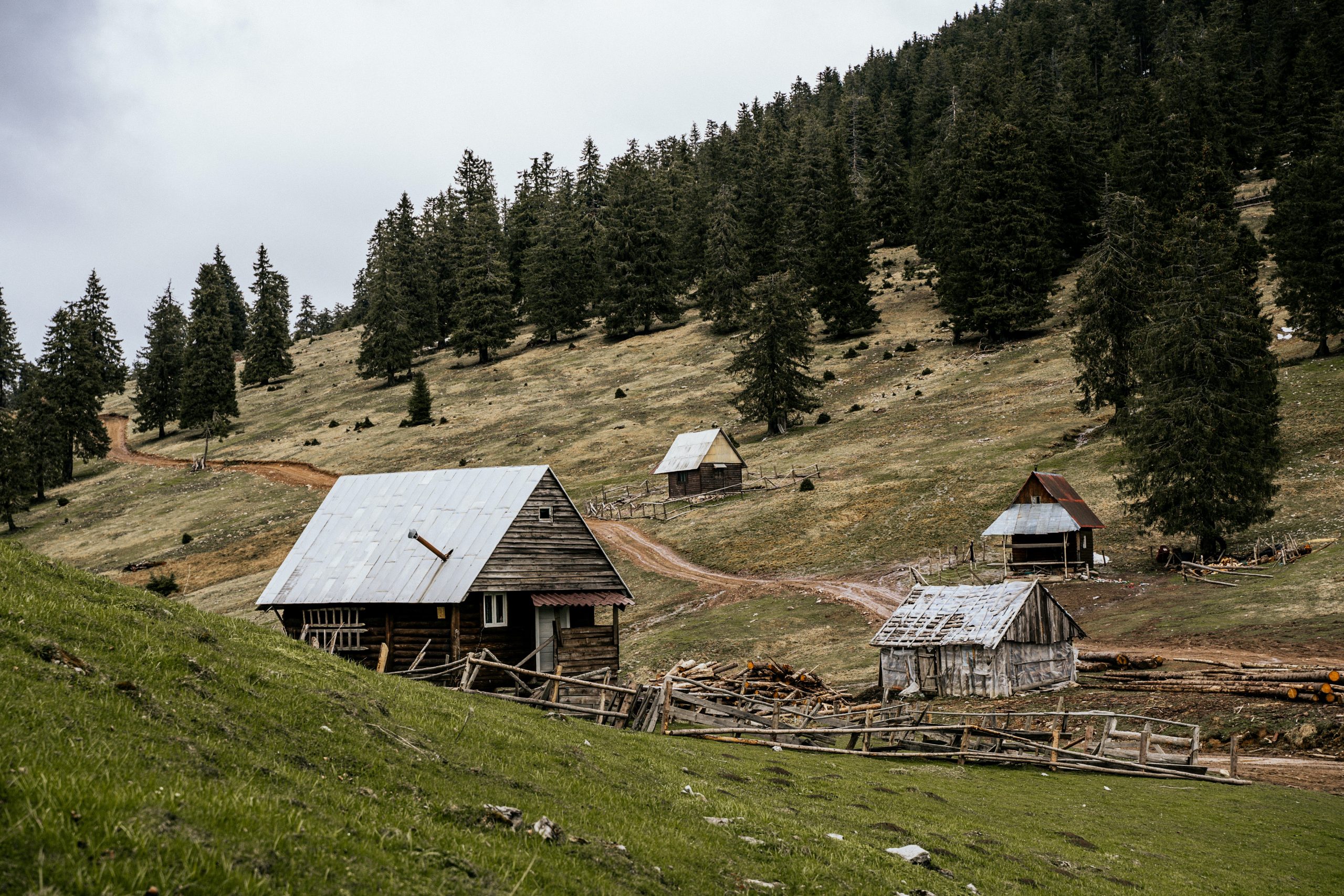
Tiny houses are significantly cheaper to build and maintain than traditional homes, which can help you save money on housing costs and reduce your overall debt. Additionally, tiny houses are often more energy-efficient than larger homes, which can lead to lower utility bills.
Another benefit of tiny house living is the ability to live a more sustainable lifestyle. Tiny houses are often built with eco-friendly materials and use less energy, which can reduce your carbon footprint and help protect the environment. Additionally, living in a smaller space can encourage you to consume less and live more simply, which can be a more fulfilling and meaningful way of life.
However, there are also some drawbacks to tiny house living. One of the biggest challenges is the limited space, which can make it difficult to store belongings and entertain guests. Additionally, living in a tiny house can be isolating, as you may not have access to the same social opportunities and amenities as you would in a larger home.
Another drawback is that many areas have specific regulations for tiny houses and cabins, and not all areas allow them. It’s important to research your local laws before you begin building.
In conclusion, tiny house living can be a great option for those looking to save money, live more sustainably, and enjoy a simpler lifestyle. However, it’s important to be aware of the challenges and limitations of tiny house living before making the decision to build your own tiny house. It’s also important to research your local laws and regulations for tiny houses before deciding to build one.
ENCOURAGEMENT TO TAKE THE FIRST STEP TOWARDS BUILDING YOUR OWN TINY HOUSE.
Building your own tiny house can be a rewarding and fulfilling experience, and it’s never too late to take the first step towards making it a reality. Whether you’re looking to downsize, simplify your life, or create a sustainable living space, designing and building your own tiny house is a great way to achieve those goals. It may seem daunting at first, but with the right planning, resources, and determination, you can turn your dream of owning a tiny house into a reality. Start by researching different design and building methods, gathering inspiration, and talking to experts in the field. Don’t be afraid to ask for help or advice, and remember to take it one step at a time. As you embark on this journey, ensure to plan for periodic structural inspections to maintain the safety and longevity of your tiny house. With each step you take, you’ll be one step closer to realizing your dream of designing and building your own tiny house.


